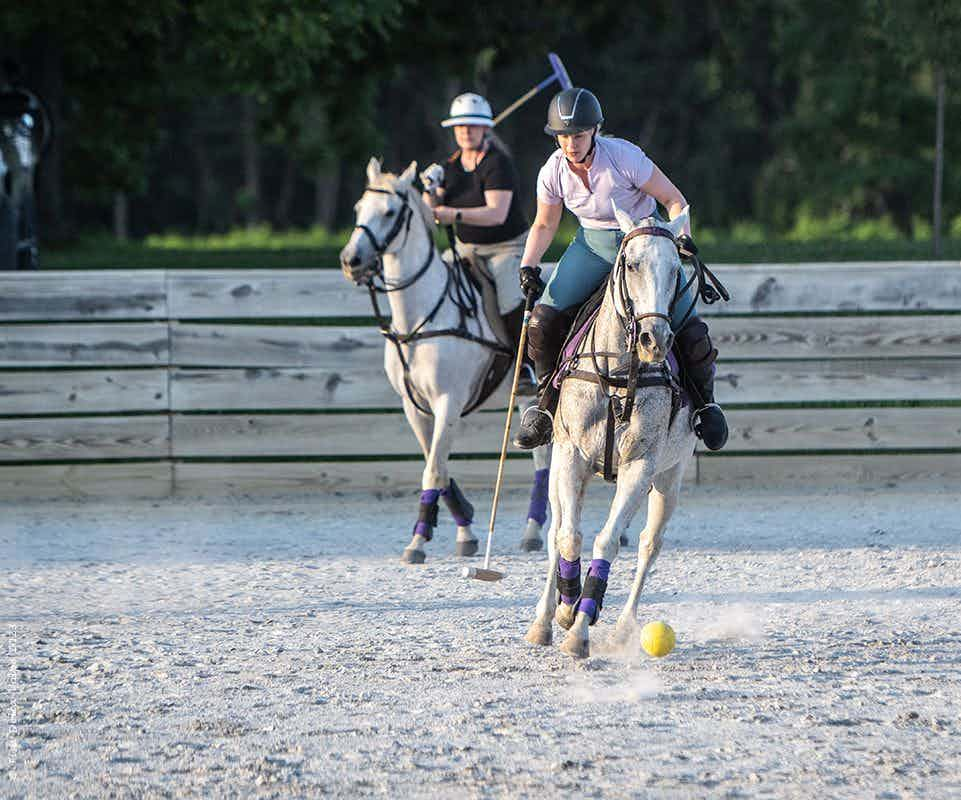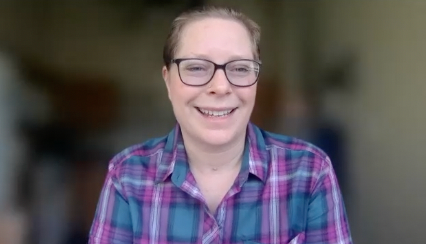Horse roundup to improve herd health, balance
Las Vegas - More than 850 wild horses and burros were gathered from southern Nevada's Spring Mountains, thinning the densely populated herds, improving group balance in sex, age and condition and allowing nature to support the remaining animals.
Las Vegas — More than 850 wild horses and burros were gathered from southern Nevada's Spring Mountains, thinning the densely populated herds, improving group balance in sex, age and condition and allowing nature to support the remaining animals.

Table 1: Percentage of operation by primary method of recording equine health information (Source: National Animal Health Monitoring System)
The Bureau of Land Management's Las Vegas Field Office used herd census numbers from a helicopter headcount to determine how many animals could adequately survive on existing forage and water resources. After public input, an official removal number was determined and the $400,000 culling effort took place Jan. 3 through Jan. 26, says Kirsten Cannon, a BLM public-affairs specialist.
Initially, more than 1,200 wild horses and burros were gathered and evaluated based on sex, age and a 1-to-10 condition scale. "A 10 is an obese animal, a 5 is a perfectly conditioned animal with a nice muscle mass. Most of the gathered horses were a 3, meaning they could see bones, vertebrae and hipbones," Cannon says.
After releasing more than 400 back into the wild, the Spring Mountains Complex now holds a more manageable, balanced herd –– approximately 130 wild horses and between 140 and 200 burros.
"Our goal is to maintain healthy and viable herds of wild horses and burros," says Juan Palma, field office manager. "The best way to do this is to balance the number of animals with the environment that supports them."
The 289 horses and 571 burros gathered are sent to short-term holding facilities where they receive inoculations, get de-wormed and have freeze marks imprinted on their backs. The animals that are 5 years old or younger are available for adoption, while the older horses/burros stay in long-term holding facilities in Kansas and Oklahoma, Cannon says.
The BLM, with the help of animal-rights and interest groups, has arranged for slaughterhouses to reject animals with the bureau freeze mark to prevent the horses and burros from being adopted for the wrong reasons.
Once tamed, the animals have gone on to win national endurance and carting competitions, despite rumors of training difficulty and challenge.
"It might take a little more time to train a wild horse, but from what I've heard, the animals bond more with a trainer because they are herd animals," Cannon says.
Gathering efforts vary with population, but generally occur once every five years.







